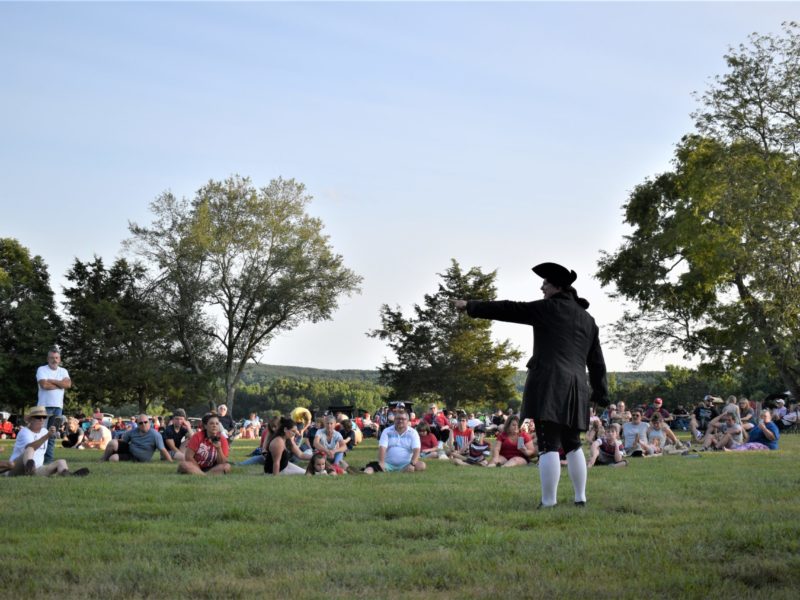How do you build a bridge between an 18th-century property and a 21st-century audience? Patrick Henry’s Red Hill has the answer.
Established in 1944, The Patrick Henry Memorial Foundation has worked for nearly 80 years to promote educational programs about the life, character, and legacy of its namesake, all while caring for Red Hill, Patrick Henry’s last home and burial place near Lynchburg, Virginia.
As the 2000s arrived, however, Red Hill struggled to remain relevant as Virginia’s larger memorials, Monticello and Montpelier, emerged into national attractions, pumping out visitor numbers at an industrial rate. All of this, combined with a stagnating capital campaign, led to The Monument Group (TMG) being brought onboard in 2018 to revitalize fundraising operations.
Initially, TMG’s involvement was strictly limited to the creation of a development office for Red Hill; however, the TMG team was immediately impressed by the dedication of Red Hill’s staff. Red Hill’s modest team of four was ready to do anything TMG asked of them.
This impression was mirrored by the Red Hill team. “It didn’t take long for us to realize that for TMG, we were more than just a client,” says Hope Marstin, Red Hill CEO. “Their attachment was genuine. We’re a small team and we feel very passionately about Red Hill, and the TMG team felt the same way we do.”
TMG helped overhaul the visitor experience, leading the Red Hill team through a customer journey analysis. “They had us think about every aspect of a visitor’s experience,” Hope explains. “What do we want a customer to feel when they arrive at Red Hill? When they leave? What did we do well and what could we improve on?”
In addition to identifying improvements in the visit process, the results elevated the vital role of all staff members in ensuring a successful customer experience. Hope says that the results were particularly eye-opening for the board of directors. “The board really gained a new appreciation for all that the staff do, and the staff came to appreciate one another in a new way, as well.”
But the bottom-line validation came in the revenue numbers: 12 record-breaking months in 2019. The surge in attendance corresponded directly to a dramatic growth in revenue. In addition, every Red Hill staff member was energized to be an important fundraising participant. Red Hill staff combined to hand address 3,000 letters, nearly half of which included hand-written notes from staff.
This success in fundraising and staff engagement was vital to Red Hill’s survival during 2020, when it was closed for months due to COVID. TMG helped the Red Hill staff energize around all of the things they could do during this period, as opposed the things they couldn’t.
Things like the Quarter Place project. Quarter Place, named for the accommodations in which enslaved people at Red Hill lived, explores the reality of slavery at Red Hill and recognizes the people who lived and worked there but who have been left out of its narrative history.
“Slavery is as foundational to Patrick Henry’s story as it is to the story of our nation,” says Hope of this vital work. “Ultimately, we want the descendants of those who were enslaved at Red Hill to feel welcome and see their families’ stories honored here.”
It’s innovations like Quarter Place that keep an 18th-century property relevant to a 21st-century audience. And it’s organizations like TMG that help unleash the potential of small but mighty staffs like the one at Red Hill. “The culture of philanthropy and ability to implement diverse ideas that have grown up amongst the Red Hill staff have been amazing to behold,” says Hope.
A robust annual fund and donor portfolio on the rise, a refreshingly engaged board and staff, and exciting new innovations: That’s how you build a bridge between centuries.


